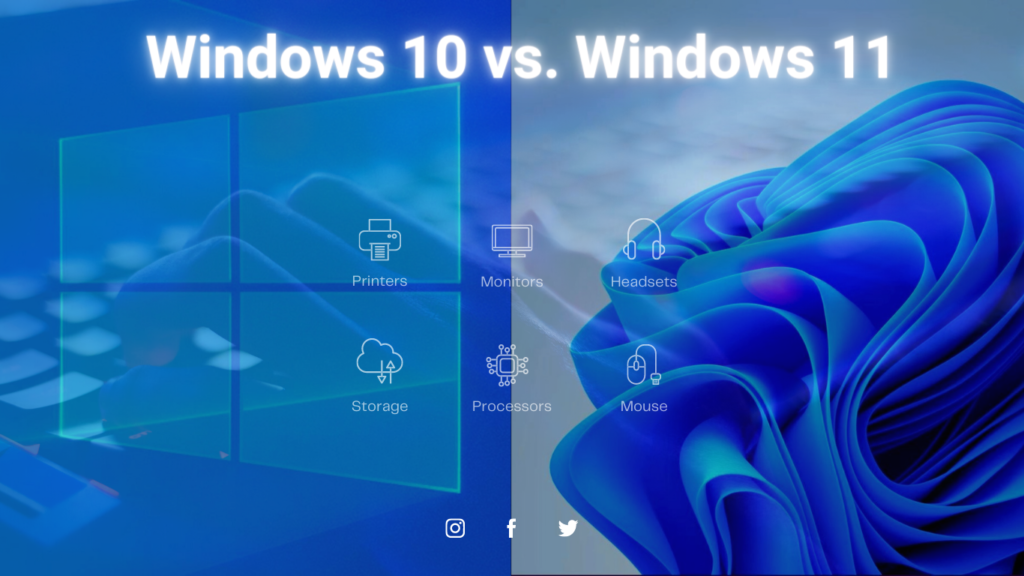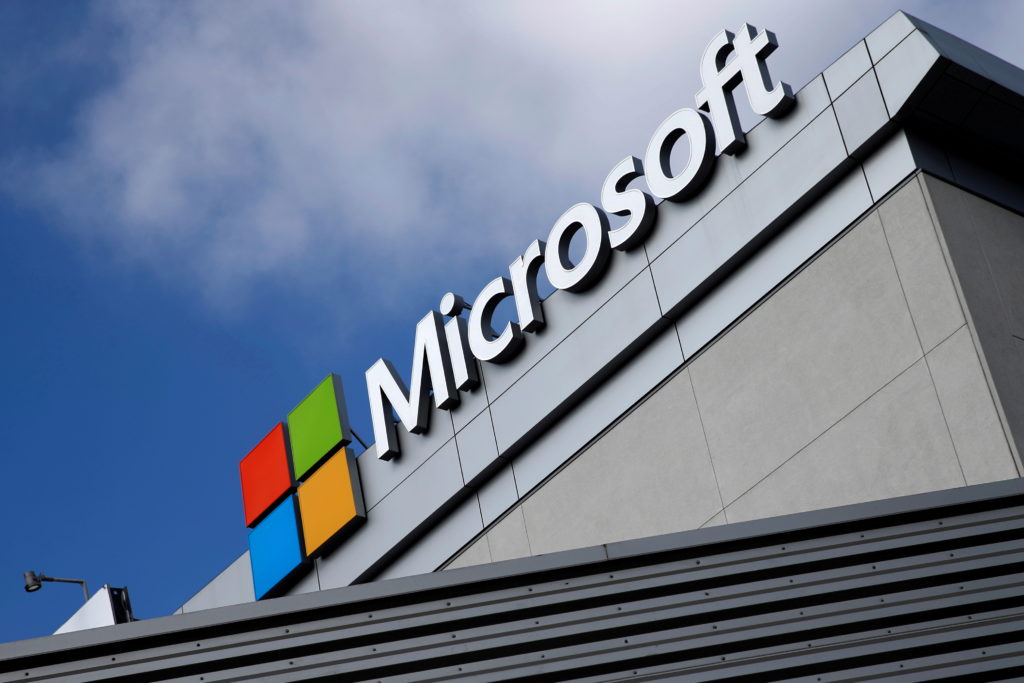Old or new? Which is better? What’s new? These are just some of the few questions you’ll ask when you want to buy a brand new product or if it’s worth it to upgrade a certain product. This blog will provide you with some insights into Microsoft’s current and new software, Windows 10, and the new one, Windows 11.

Windows 10 and Windows 11 screen.
What are Windows 10 and Windows 11? Windows 10 is a major release of Microsoft’s Windows NT operating system, and it’s the direct successor of Windows 8.1. It was released to manufacturing on July 15, 2015, and on July 29, 2015, to retail. Windows 10 was made available for download via MSDN and TechNet, as a free upgrade for retail copies of Windows 8 and Windows 8.1 users via the Windows Store, and Windows 7 users via Windows Update. Windows 10 was written in C, C++, C#, and assembly language, and made available in 110 languages.
While with Windows 11 is the latest major release of Microsoft’s NT operating system, released in October 2021. It is also a free upgrade to its predecessor, Windows 10 (2015), available for any Windows 10 devices that meet the new Windows 11 system requirements. Windows 11 major changes to Windows Shell influenced by the canceled Windows 10X, including the redesign of the Start menu, replacement of “Live tiles” with separate “Widgets” on the taskbar, ability to create tiled sets of windows, and new gaming technologies inherited from Xbox Series X and Series S. Windows 11 is also written in C, C++, C#, and assembly language, and also available in 110 languages.

Microsoft Office, Los Angles, California, United States of America.
So, what’s the difference between Windows 10 and Windows 11? That’s a good question, although Windows 11 looks like a reskin of Windows 10 it has its difference.
Some of these changes are:
-The Start menu bar and Taskbar, where it’s simple and the menu on the taskbar is centered.
-Another is the Virtual Desktop which allows you to maintain different workspaces for work, gaming, etc…
-Android app integration where android apps are supported via Amazon Appstore.
-Gaming features like optimization of running games in window mode.
-Performance of Windows 11 with memory management that favors the app you have open and running in the foreground.
And what are the system requirements for Windows 11?
System requirements for Windows 11 are:
-1 gigahertz (GHz) or faster with 2 or more cores on a 64-bit processor.
-4GB of RAM.
-64GB or larger storage.
-UEFI, Secure Boot capable of system firmware.
-TPM (Trusted Platform Module) version 2.0.
-DirectX12 or later Graphics card.
-Display of 720p High Definition that is greater than 9” diagonally, 8 bits per color channel.
-And Internet connection with Microsoft Account.

System requirements for both Windows 10 and Windows 11.
But is it worth buying or upgrading my Windows 10 to Windows 11?
For me, yes it is. Windows 11 has a wide range of new features, performance, design, and improvements and will still continue to update for improvements. The good thing about it is that if you don’t like Windows 11 you can go back and uninstall Windows 11 to your preferred Operating system. But if you prefer Windows 10, that’s also fine, as Windows 10 is also a great choice.
